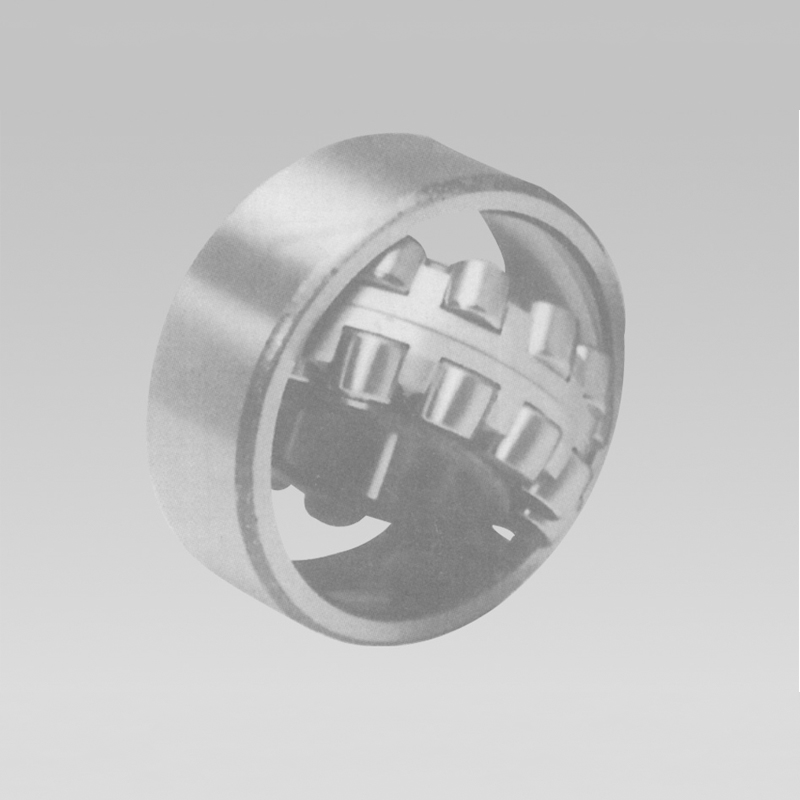
Nov . 05, 2024 21:43 Back to list
taper roller bearing supports
Understanding Taper Roller Bearing Supports
Taper roller bearings are widely utilized in various applications due to their ability to support both axial and radial loads. The innovative design and engineering of these bearings allow them to efficiently handle heavy loads and provide enhanced performance in a range of mechanical systems. This article will explore the significance, characteristics, and applications of taper roller bearings, focusing on their supporting role in different industries.
Design and Features
Taper roller bearings consist of tapered inner and outer ring races, as well as tapered rollers arranged in a way that allows the load to be distributed evenly across the bearing. This design is crucial for their functionality, as it enables them to accommodate forces coming from multiple directions. The contact points of the inner and outer rings form a line instead of a point, which significantly reduces stress and enhances wear resistance.
One of the noteworthy features of taper roller bearings is their adjustable clearance. This allows for the fine-tuning of bearing performance based on operational conditions. By adjusting the spacing between the roller and raceway, engineers can optimize bearing load capacity and lifespan, enhancing the overall efficiency of the machinery they support.
Applications in Industry
Taper roller bearings are commonly used in various sectors, including automotive, aerospace, and heavy machinery. In automotive applications, they are crucial in wheel hubs, axles, and differentials, where they manage the dynamic loads experienced during operation. The ability to handle both radial and axial loads efficiently makes them ideal for such critical components.
taper roller bearing supports

In the aerospace industry, taper roller bearings are employed in landing gear, propulsion systems, and auxiliary power units. Here, the ability to provide reliable support under extreme conditions, such as high-speed rotations and vibrational stresses, is paramount. The precision and durability offered by these bearings contribute to the safety and reliability of aircraft operations.
Heavy machinery, such as construction equipment and manufacturing systems, also benefits from taper roller bearing supports. These environments often involve heavy and fluctuating loads, making the strength and resilience of taper roller bearings a key factor in maintaining operational continuity. Whether in excavators, loaders, or conveyor systems, taper roller bearings ensure that machinery runs smoothly and efficiently.
Benefits of Taper Roller Bearing Supports
The advantages of taper roller bearings are multifaceted. Firstly, their design allows for greater load capacity compared to traditional ball bearings, making them more suitable for demanding applications. Secondly, the reduced friction between the rolling elements leads to lower energy consumption, which is beneficial for both cost savings and environmental impact.
Moreover, the durability of taper roller bearings extends their lifespan, resulting in lower maintenance costs and less frequent replacements. This reliability is especially crucial in industrial applications, where equipment downtime can lead to significant financial losses. Additionally, taper roller bearings are designed to operate at high temperatures, making them suitable for environments where thermal management is challenging.
Conclusion
Taper roller bearing supports play an essential role in various industries, providing reliable and efficient load-bearing solutions. Their unique design properties make them proficient in handling complex load dynamics, offering significant advantages over other types of bearings. As technology continues to advance, the applications for taper roller bearings are likely to expand further, ensuring their ongoing importance in modern engineering and manufacturing processes. Understanding and utilizing these components effectively can lead to improved performance, safety, and efficiency in numerous mechanical systems.
Latest news
-
Grooved Ball Bearing Design and Functionality
NewsJun.04,2025
-
Concrete Mixer Bearing Load Capacity Testing
NewsJun.04,2025
-
6004 Bearing Dimensions in Robotic Joint Designs
NewsJun.04,2025
-
Advantages of Single-Row Deep Groove Ball Bearings
NewsJun.04,2025
-
Applications of Deep Groove Ball Bearings in Automotive Systems
NewsJun.04,2025
-
Innovations in Bearing Pressing Machine Design
NewsJun.04,2025
